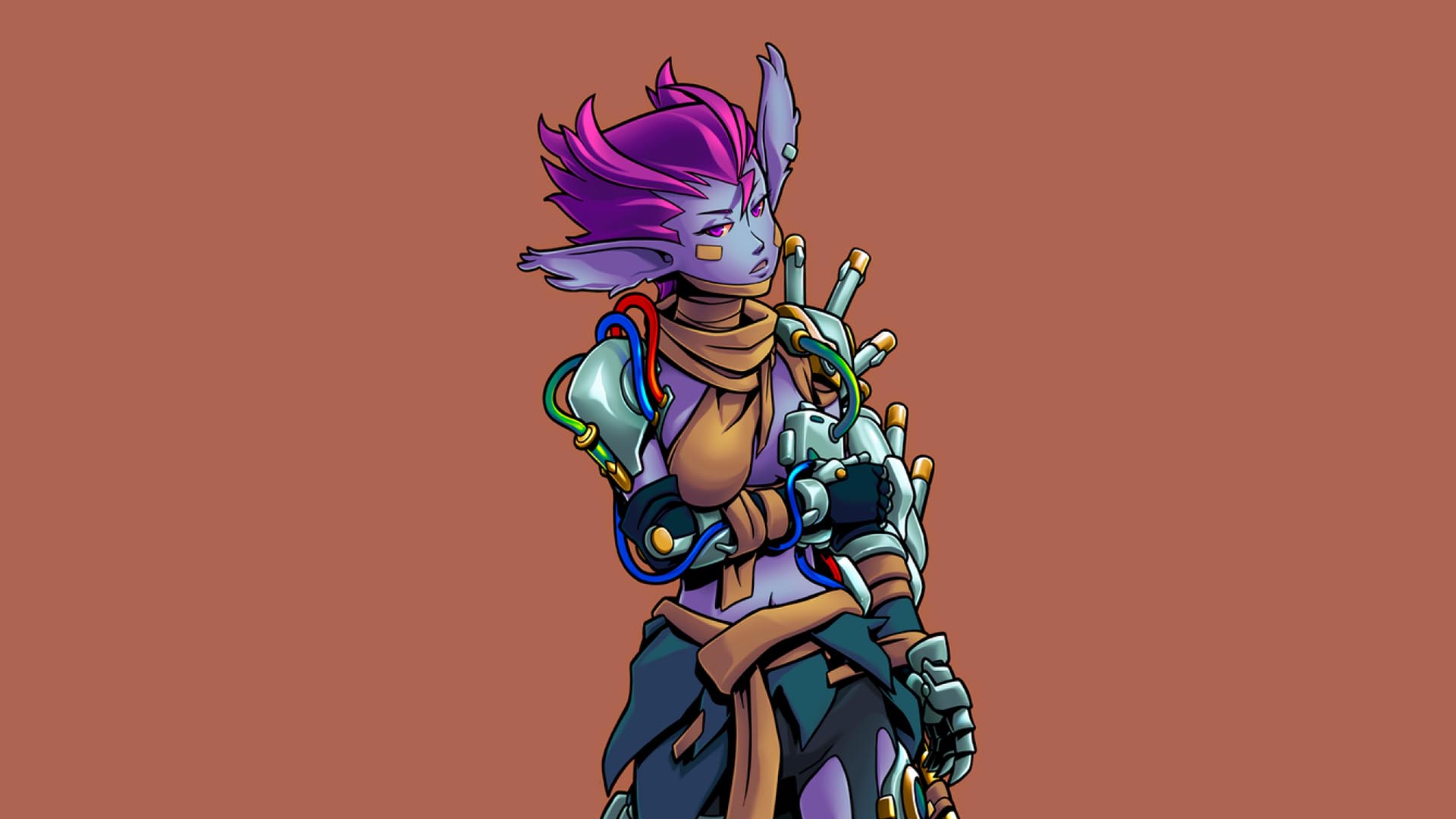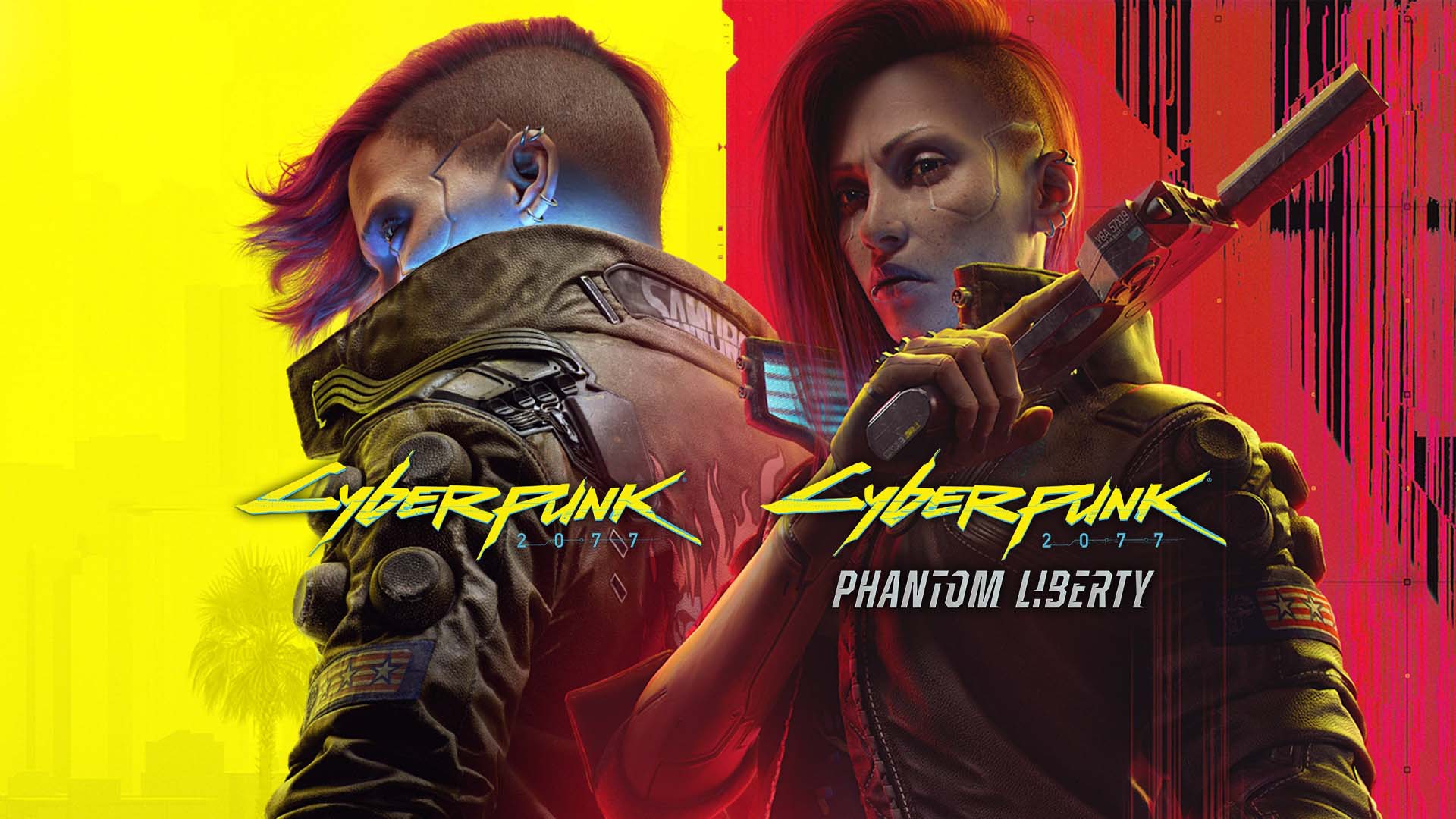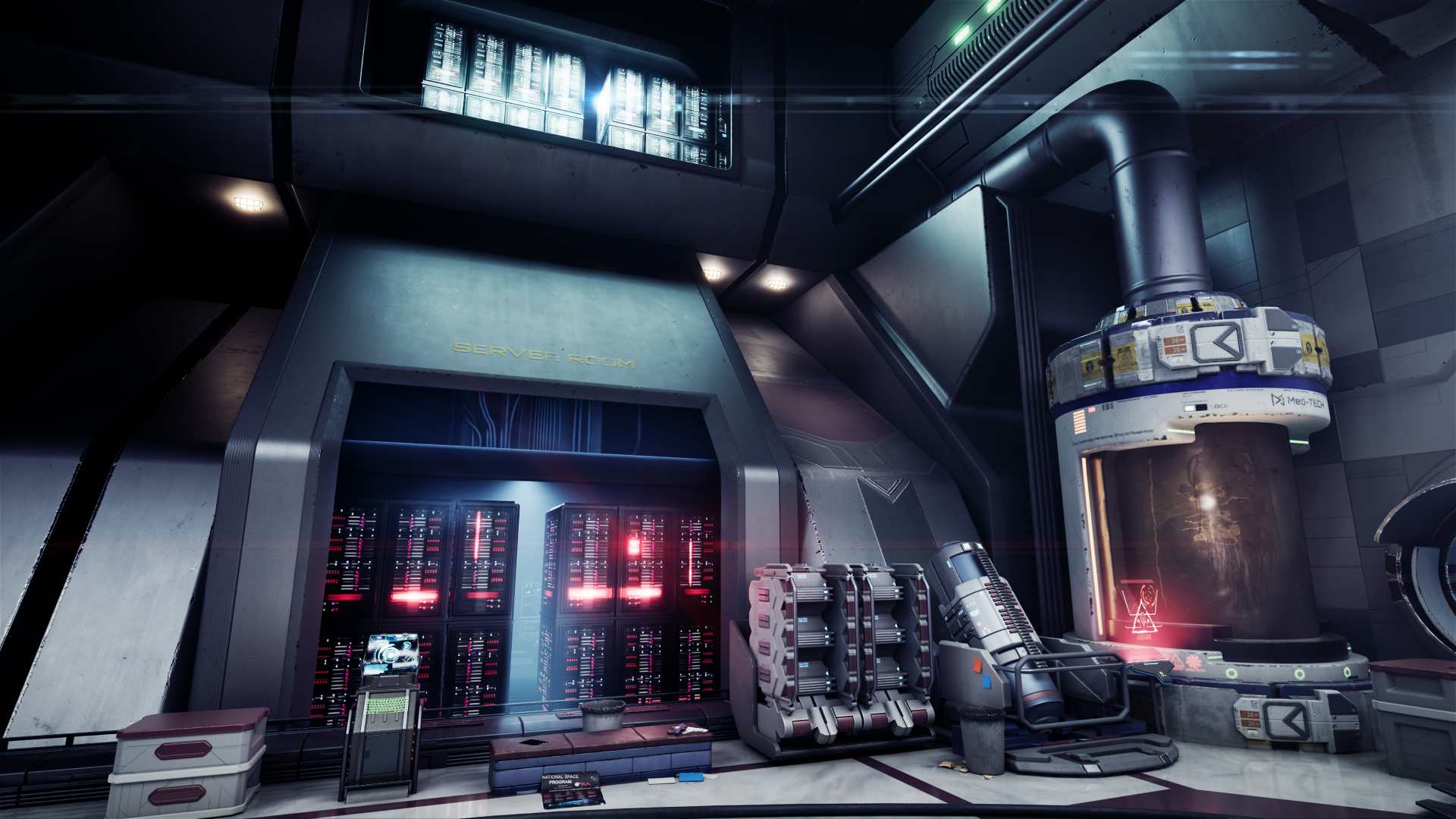Game development outsourcing offers studios a powerful way to scale, save costs, and access global talent. However, it also comes with real challenges that can affect timelines, communication, and quality. Understanding both the opportunities and the risks is essential for studios looking to stay competitive in today’s fast-evolving industry.
Outsourcing in the game development landscape has expanded far beyond traditional functions. From concept design and animation to QA testing and live-ops support, external teams are now integrated at nearly every stage of the game lifecycle. As development timelines become shorter and expectations higher, studios are turning to outsourcing not just as a support strategy but as a core development pillar.
Opportunities in Game Development Outsourcing
• Access to global talent: animation, concept art, game engineering, UI/UX, and more
• Faster time-to-market: meet deadlines without compromising quality
• Reduced operational costs: avoid long hiring cycles and overhead
• Flexible scale: expand or contract teams as needed
• Focus on core creative direction
• Ongoing support after launch
Challenges in Game Development Outsourcing
• Communication barriers: time zones, language, expectations
• Quality assurance and consistency
• Complex project coordination
• IP protection risks
• Maintaining creative alignment
Studios can address these challenges through:
• Creating clear documentation and asset guidelines
• Establishing regular feedback loops and milestone check-ins
• Using integrated project management platforms to track tasks and timelines
• Building relationships based on transparency and accountability
Best Practices for Successful Outsourcing
• Set measurable goals and scope early: Avoid scope creep with detailed briefs and success metrics
• Choose the right partner: Prioritize partners with proven experience in your game genre and tech stack
• Invest in onboarding: Introduce outsourced teams to internal tools, processes, and brand tone
• Build feedback into the process: Weekly sprints, demos, and asset reviews help catch issues early
• Encourage shared ownership: Treat outsourced contributors as part of your extended team
According to the GDC State of the Game Industry Report, over 40% of studios now rely on some form of external development, and this number is growing.
Use Cases and Real-World Applications
• Indie platformers: outsource pixel art, music composition, or controller optimization
• AAA shooters: offload environmental modeling, cinematic animation, or UI systems
• Mobile games: use external partners for live-ops events, localization, and performance optimization
By strategically allocating tasks, studios can meet deadlines, expand creative potential, and stay focused on delivering value to players.
Conclusion
Outsourcing is not a shortcut, but when executed well, it offers unmatched value. From expanding your creative capacity to accelerating production timelines, video game outsourcing continues to play a pivotal role in shaping the future of game development. With the right partners, clear goals, and strong communication, studios can create scalable pipelines that deliver on innovation, quality, and speed.
We hope this was an effective look into the challenges and opportunities of video game outsourcing. If you’re in need of game art outsourcing, game development outsourcing, mobile game development outsourcing, or any of our other stellar services, get in touch today and let’s make magic!











